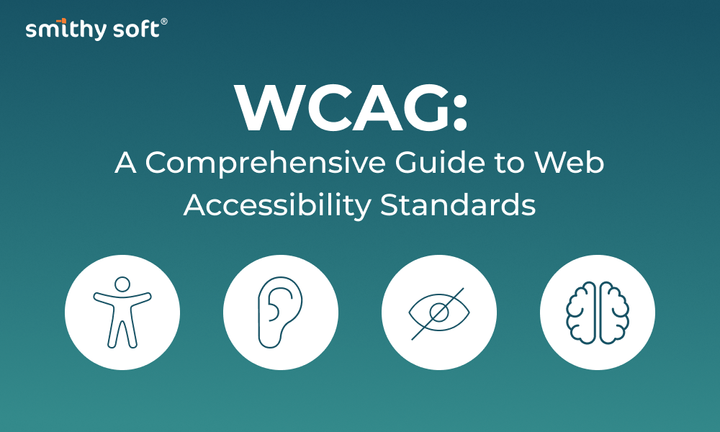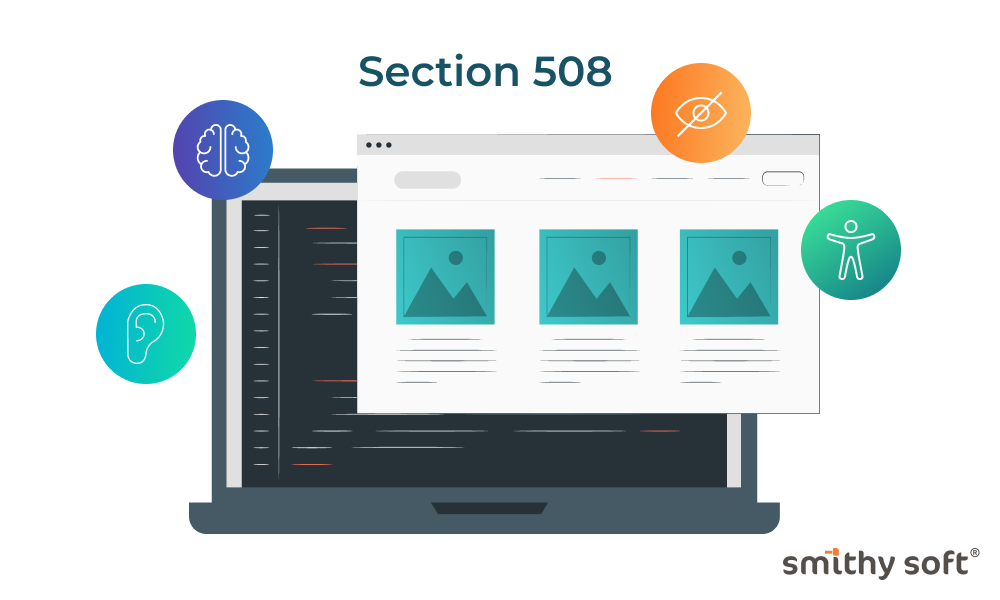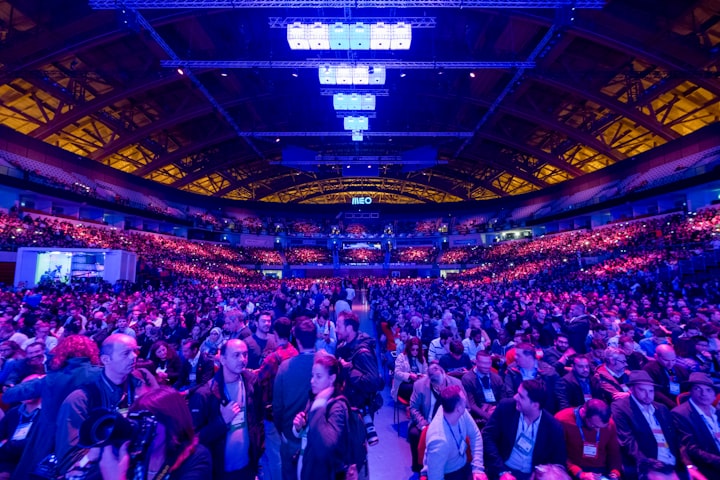Easy ways to supercharge sales using emotions
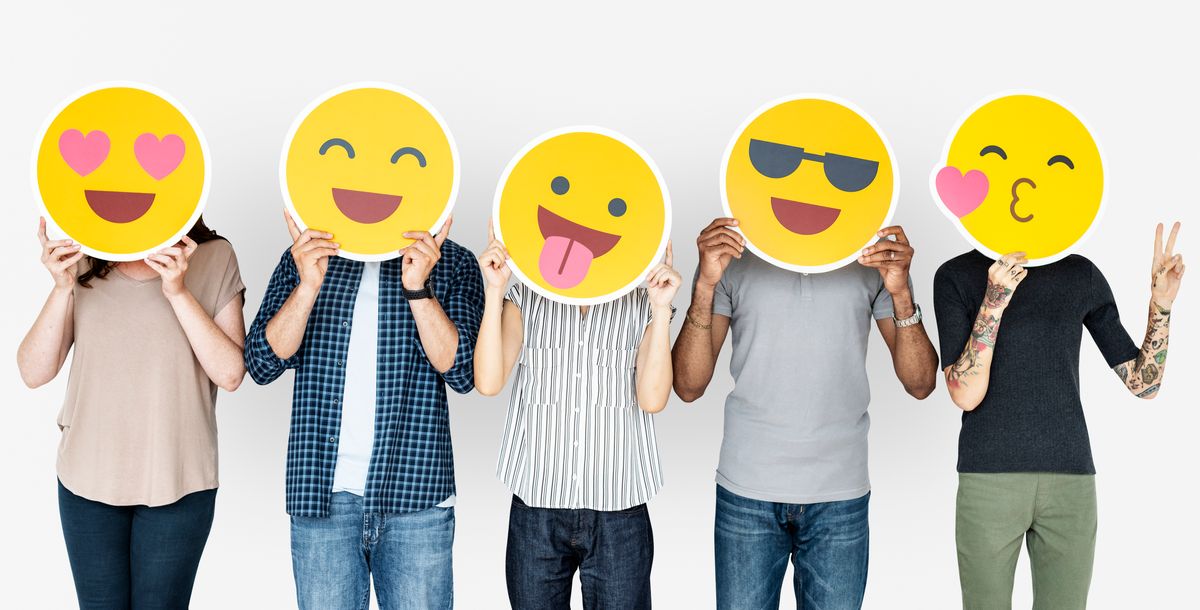
This truth is often forgotten or not believed in. So here's a reminder: Emotions are critical to marketing – maybe even more than you thought.
According to an analysis by the British Institute of Advertising Practitioners, the Independent Project Analysis (IPA dataBANK), which contains 1,400 examples of successful advertising campaigns submitted to the IPA Effectiveness Award competition over the past three decades, campaigns with purely emotional content performed approximately twice as well as campaigns with only rational content (31% against 16%).
In this analysis, IPA dataBANK compared the increased profitability of campaigns that relied primarily on emotional appeal with those that used rational persuasion and information. In second place were campaigns that combined emotional and rational content (26%).
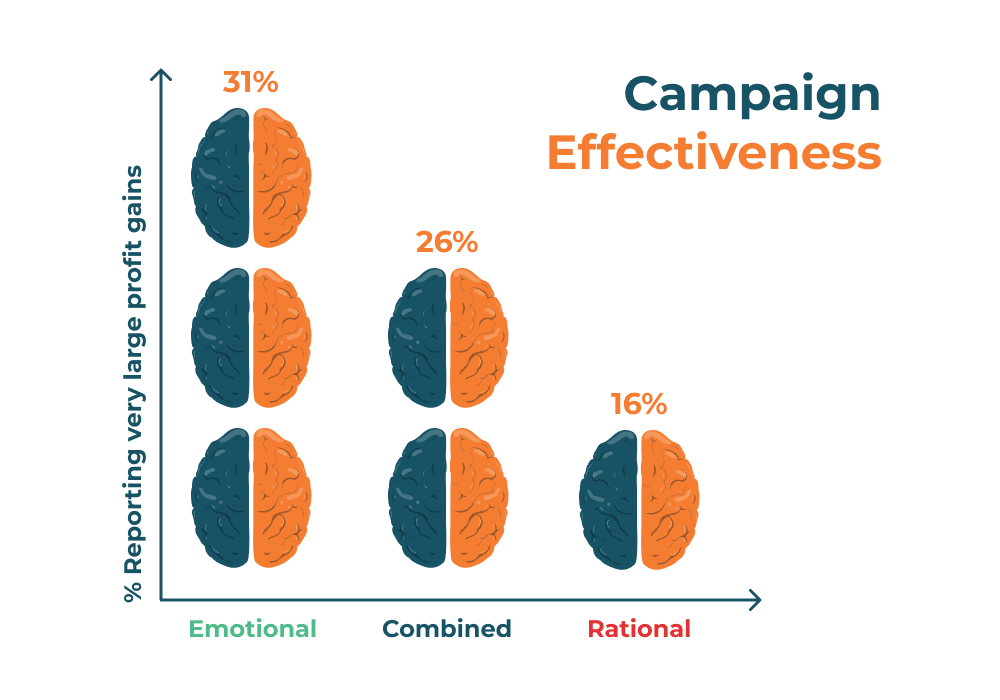
Why emotions and not reason?
Because people first feel and then think. This is scientifically proven. The emotional brain processes sensory information one-fifth of the time it takes our cognitive brain to process the same information.
It is emotions that are primary, they are connected with the main evolutionary processes of human development. For example, such an emotion as fear of the emergence of the first people was the main one for survival, it played a protective function because without it the instinct of self-preservation would not work.
Another example: our first emotional action in life is to respond to our mothers' smiles with our smiles. A child's conscious smile appears much later.

Four basic emotions
Traditional science believes there are six basic human emotions, but recent research from the University of Glasgow's Institute of Neuroscience and Psychology has narrowed them down to four, combining two pairs: happiness, sadness, fear/surprise, and anger/disgust.
The fact is that these pairs have similar primary physiological manifestations, for example, anger and disgust share a wrinkled nose, and surprise and fear share raised eyebrows. Scientists believe that these emotions emerged later, under the influence of certain social reasons. So the difference between anger and disgust, as well as between surprise and fear, has a secondary, social, rather than a primary, biological basis.
So, we have four fundamental "bricks", which under the influence of various factors are combined in many ways in our brain, creating hundreds of different, more complex emotions. How to use them in marketing?
Happiness encourages generosity
Joy, laughter, love, family warmth, peace, and happiness are what people always long for. Joy is a positive emotional state associated with the ability to fully satisfy current needs. Show it to customers, paint a happy picture for them, that this is the positive emotion they will feel when they use your brand/product - and they will buy it.
Happiness seems to "glow", it is difficult to hide it. Joy grows when it is shared. When people are in a good mood, it is easier to part with money, so many companies strive to create this very association of something joyful.
By the way, happiness is also the main driving force for sharing information on social networks. Emotions related to happiness make up the majority of the list of top viral content drivers researched by Fractl.
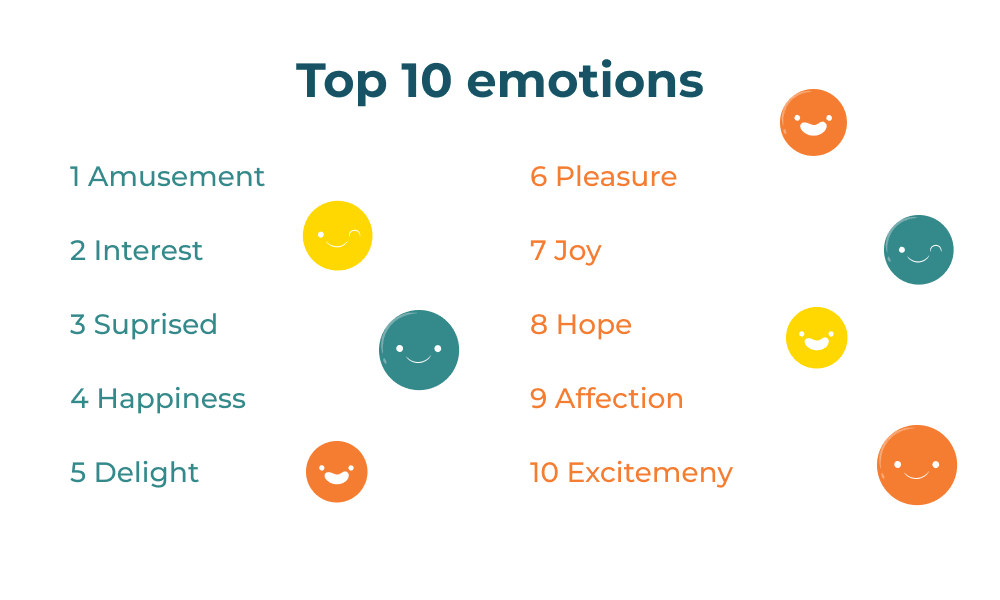
Jonah Berger, a marketing professor at the University of Pennsylvania's Wharton School and author of "Contagious: Why Things Catch On," studied nearly 7,000 articles in The New York Times to determine what was special about those on the most email lists. He found that the more positive an article is, the more likely it is to go viral.
Sadness helps to sympathize and share
Courtney Seiter, in her article on emotions in marketing, cites an example of a study in which participants were asked to view a short sad story about a boy with cancer. When the participants experienced this story, they produced cortisol (the "stress hormone"), as well as oxytocin, a hormone that promotes communication, and empathy, and makes us more generous and trusting. The result: participants under the influence of oxytocin gave more money to charity than those who were not influenced by the emotion of sadness and compassion.
Fear/wonder motivates us to act
This emotion is most often used in modern marketing. Because one of the most powerful and widespread advertising tactics is based on it. How is fear used in advertising?
Identify a problem consumers are unaware of.
Create anxiety around the problem.
Sell the cure/solution.
Fear is the most exploited trigger. A frightened person is ready to give money to the first person they meet who will save him from trouble. There is a case of an advertisement for an alarm company: a mother and her children are at home, and a scary man in the window is about to break in. Breaks in, but "***" saves the day. “Thanks to fear-mongering, alarm sales increased by an unprecedented 10% in one year. A year in which crime rates actually went down.” – BrandWashed Martin Lindstrom.
Anger/disgust makes you want to win
This emotion, as a rule, flows in the form of affect and prompts action. Therefore, it is used when working mostly with a male or youth audience. For example, in advertising, an image of an "enemy" is created, which is allegedly to blame for some consumer problem (often this "enemy" is depicted as ugly and disgusting), and then a product is shown that solves this problem.
When else do they take anger as a basis? In matters of inequality, violation of rights, injustice, and politics. Most often, this emotion is used in single campaigns that require an instant response from the target audience. Anger is a short-term emotion that is not suitable for campaigns that require long-term realizations. The hack also does not work with complex sophisticated strategies or charity campaigns.
Neuromarketing "hacks" your brain
Remember the Pepsi Challenge? In 2004, neuroscientist Read Montague asked the question: "If people prefer Pepsi over Coca-Cola, why doesn't Pepsi dominate the market?" After publishing his findings, neuromarketing was born. It is a branch of marketing that uses medical technologies such as fMRI (functional magnetic resonance imaging) and EEG (electroencephalography) to study the brain's response to marketing stimuli.
It is not cheap, but very effective. Big companies that use neuromarketing know what you like and why you like it.
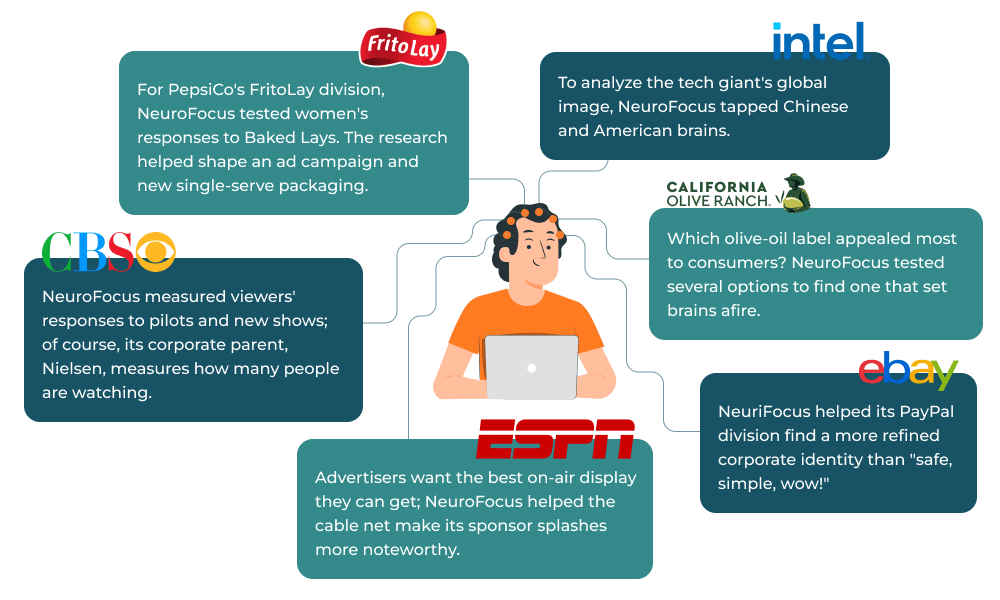
Neuromarketing works in the very creation of an unconscious idea, in the time between when your brain receives a stimulus and subconsciously reacts. There, the data is not filtered, not distorted by your consciousness, which has not yet had the opportunity to formulate and give an answer in words or gestures. For that vital half-second, your subconscious mind is free of cultural biases, language and educational differences, and memories. Everything that happens there is neurologically "pure", as opposed to your consciousness taking over and changing the data by passing it through a multitude of mental mechanisms.
The hope that neuroscience can produce more accurate results than traditional focus groups and other traditional market research is why Citi, Google, HP, and Microsoft, as well as soda companies, breweries, manufacturers, and media companies massively use this method of research. It is much more efficient, economical, and accurate.
6 neuromarketing techniques to make your website more successful
Tim Ash provides such simple yet effective and proven methods, noting that neuromarketing works due to the simple fact that the human brain relies on fast pathways to efficiently process the thousands of decisions it is forced to make in a given day. Therefore:
Scarcity
People want what they can't have. If the buyer feels that they can always return to your site at any time to purchase a certain product or service, then they do not need to make a decision right now. But if you alert them that an item is low in stock or a sale is ending, you immediately create a buy-now urgency that didn't exist before.
Lures
How often do you buy the mid-price option when you are offered multiple options for a particular product? Neuromarketing has proven that the more expensive version of a certain product makes the average version more accessible and desirable. And buyers treat the lowest price with some mistrust: maybe there is a shortage? People like to have choices, so it works.
"Anchor" bindings
How often have you bought something online and received recommended offers for the same item? In particular, when there is a heading "Others also bought" or "Necessary accessories". Such bindings to the product, presented as recommended, look quite reasonable to buyers.
Make buyers feel like debtors
The trick is reciprocity: when one person does something nice for another, it makes them feel the desire to return good with good, and "not reciprocating" makes them feel like a debtor. An experiment with tips proves this well: when waiters brought visitors a bill with some small "bonus" (cake, candy, card, etc.), they received a larger tip. Be the first to give something of value, and your customers are more likely to give you something in return.
Unreasonable options
This tactic is actively used in fundraising campaigns. Let's say, first offer the client to buy a VIP ticket to a certain event, conditionally, for $1000. And after the client clicks "No thanks", offer a regular one, conditionally, for $500-$300. It often works.
Hurt & Rescue
A marketer allows a potential customer to see that they have a problem, and then offers a way to solve it. One of the most common ways to do this is through tests or online quizzes. For example, offer to take a stress test - and at the end offer the problem-solving services that you sell (for example, spa treatments, psychological practices, vitamins, or medicines).
There are a lot of similar neuromarketing techniques now, and they work because they are based on a deep understanding of people's emotions - exactly what prompts the brain to make a decision.
